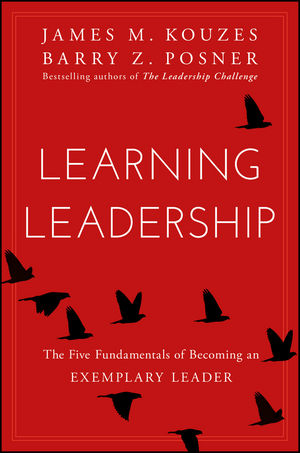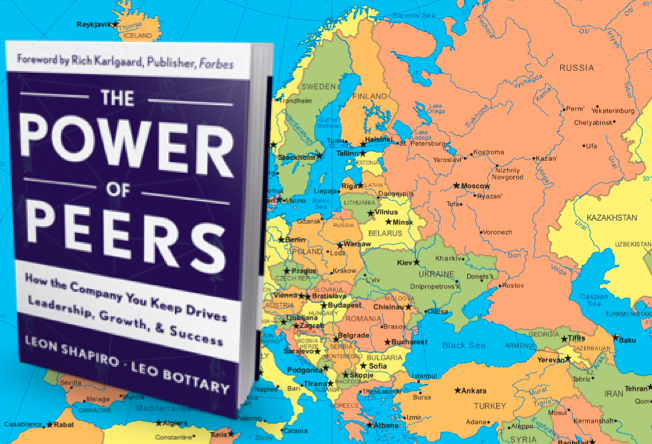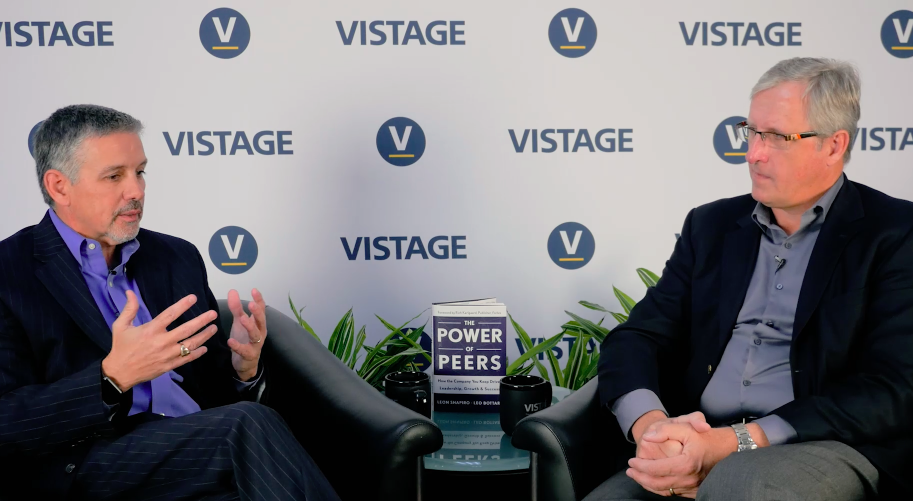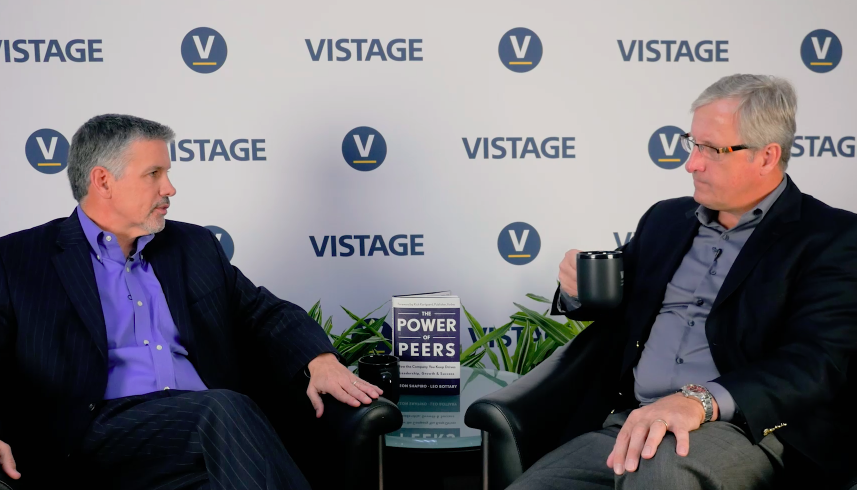In the October issue of Harvard Business Review, Michael Beer, Magnus Finnström and Derek Schrader wrote a piece titled Why Leadership Training Fails — and What to Do About It. I’d like to share the comment I left on HBR’s site and expand upon it a bit.
I really enjoyed the article! It offers solid evidence for a phenomenon I first described in 2011 as Trickle-Down Leadernomics: “Episodic training designed to stimulate positive behavioral changes, aimed to help executives be better leaders who inspire commitment rather than mere compliance, resulting in a more productive work environment and happier employees who, ultimately, will improve the company’s bottom-line somewhere down the road.”
Doesn’t sound very promising when you put it that way, does it? That’s because, as you all pointed out so eloquently, it isn’t.
Trickle-Down Leadernomics isn’t just troublesome because of the “trickle-down” part; worse yet, it tends to function as a linear process rather than a reinforcing one. Meaning, if you can’t really measure the impact of the executive development program to the organization, it won’t serve to inspire future investments in learning. And without a mechanism to implement learning, such as the cross-functional work teams that were used by MEPD, it will never become evident in the organization in a meaningful way.
With myriad challenges facing today’s leaders, it will take more than gravity to assure that the substantial investments being made in leadership development are positively impacting the bottom line. The problem has to be addressed horizontally, rather than vertically. This is where I believe cross-functional teams of peers working together is at least one good answer. Thanks for shining a bright light on this important topic!
The real challenge here is that executives attend leadership training programs, acquire a few new tools, learn some interesting concepts, and within a few weeks’ time, they’re back to the same old, pre-training behaviors. This happens largely because there is no mechanism for integrating what they’ve learned into their day-to-day lives. By the time, they catch up on everything they missed while they were out of the office, they get caught up in just keep their heads above water.
To be fair, our expectations may be a tad unrealistic, but until we stop treating leadership learning as a separate activity, it will never take hold. By using a more integrated approach, like the cross-functional work teams described in the article, executives can enlist the support of their peers as they work to implement and perfect better ways of leading.
John Dewey once wrote, “There is no such thing as educational value in the abstract.” So if you want to become a better leader, adopting and perfecting new behaviors will take more than participating in a training exercise. You’ll need a peer support mechanism to make it all stick. It’s among the 5 reasons 2017 will be the Year of the Peer! If you want to read about the other four, check out my article at Shaping the Odds. Thanks!
Image from HBR.org










